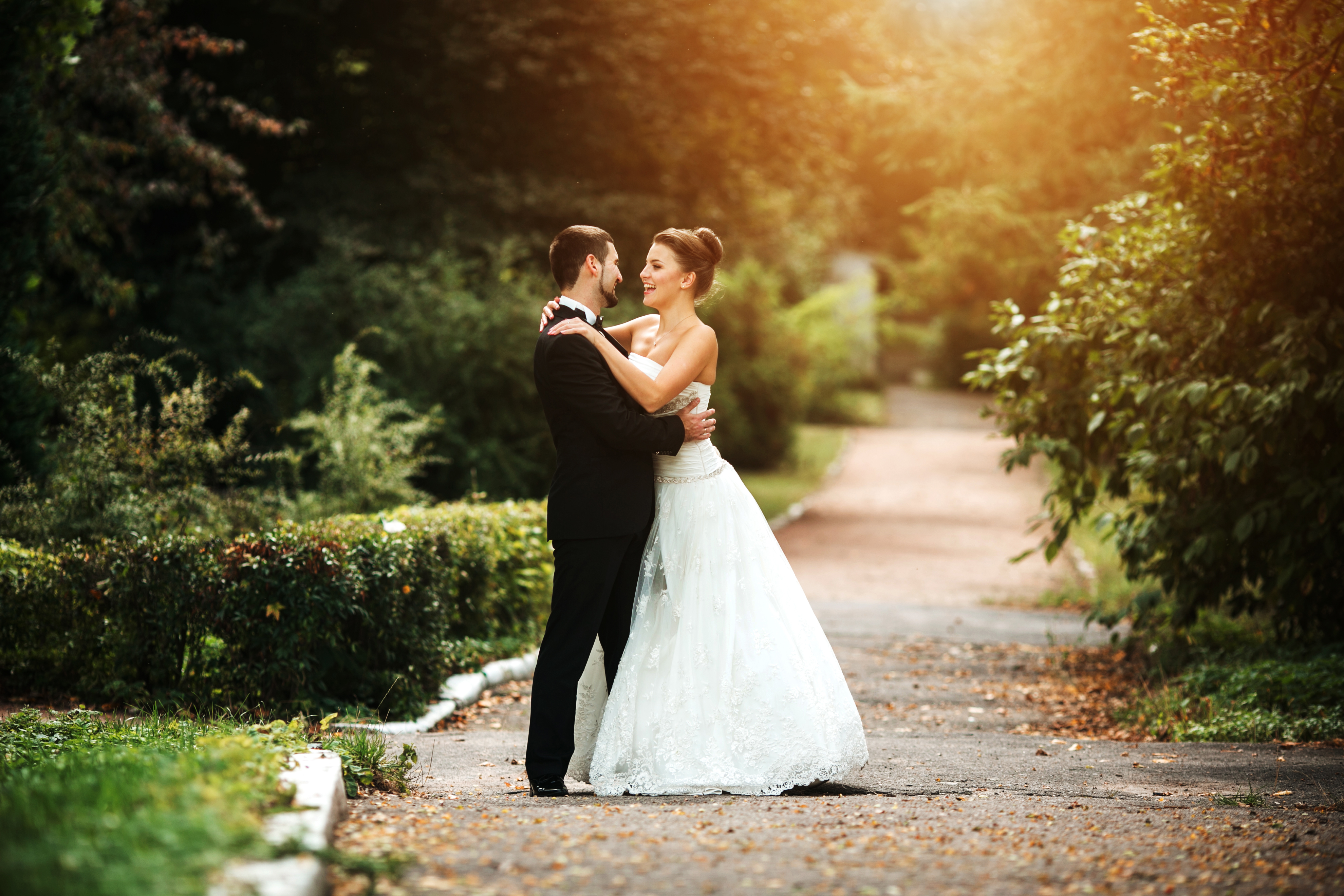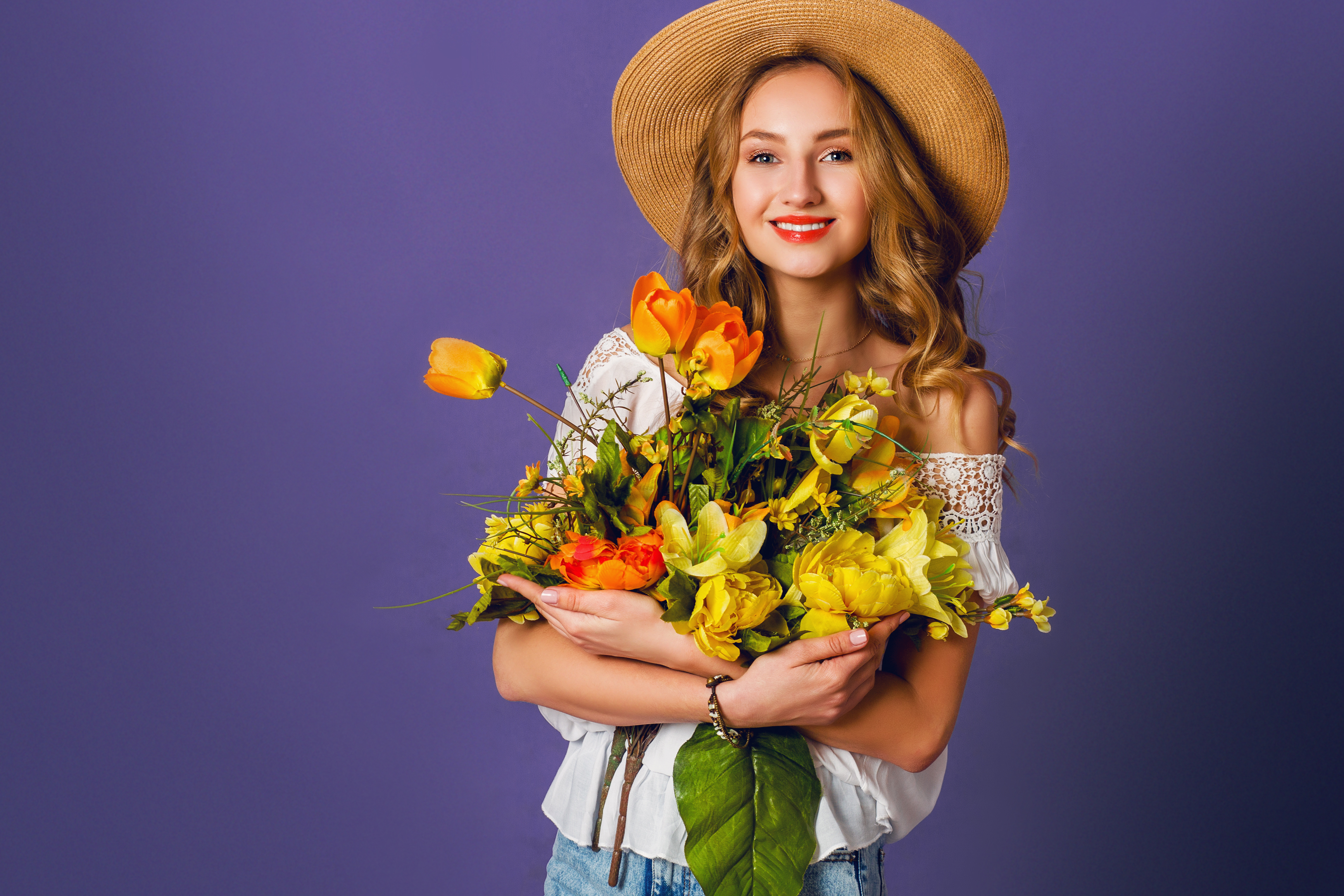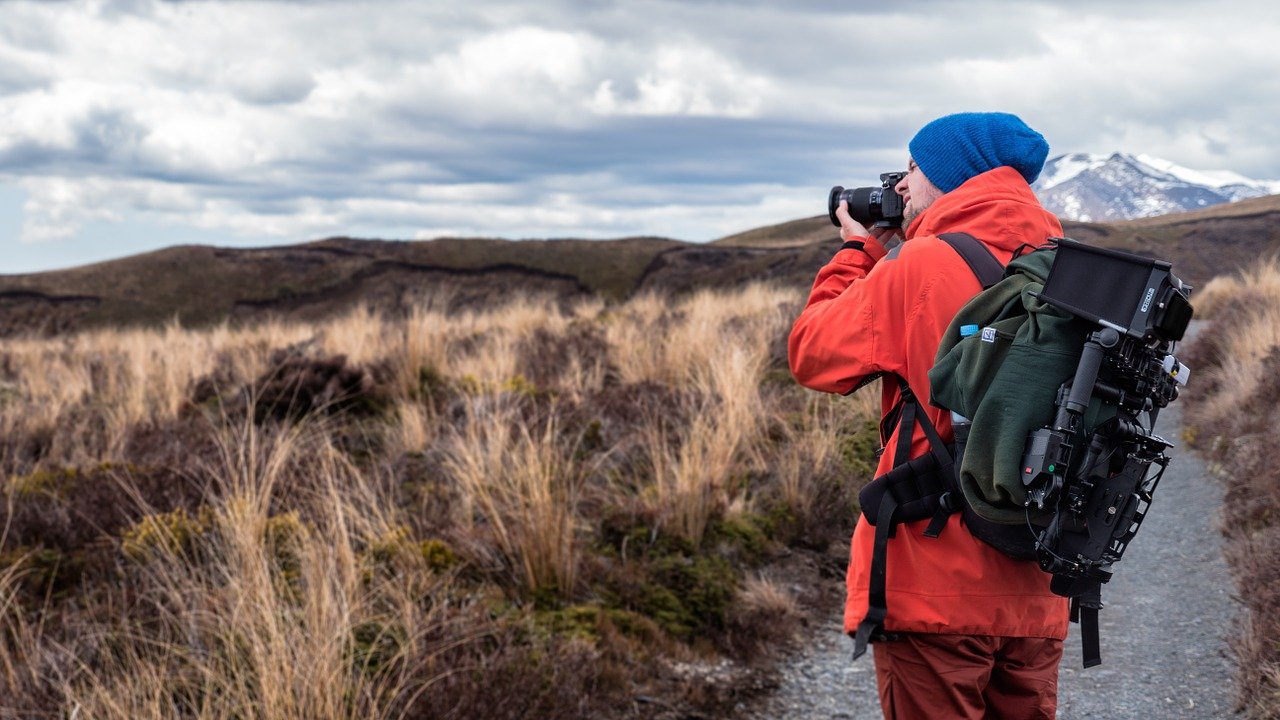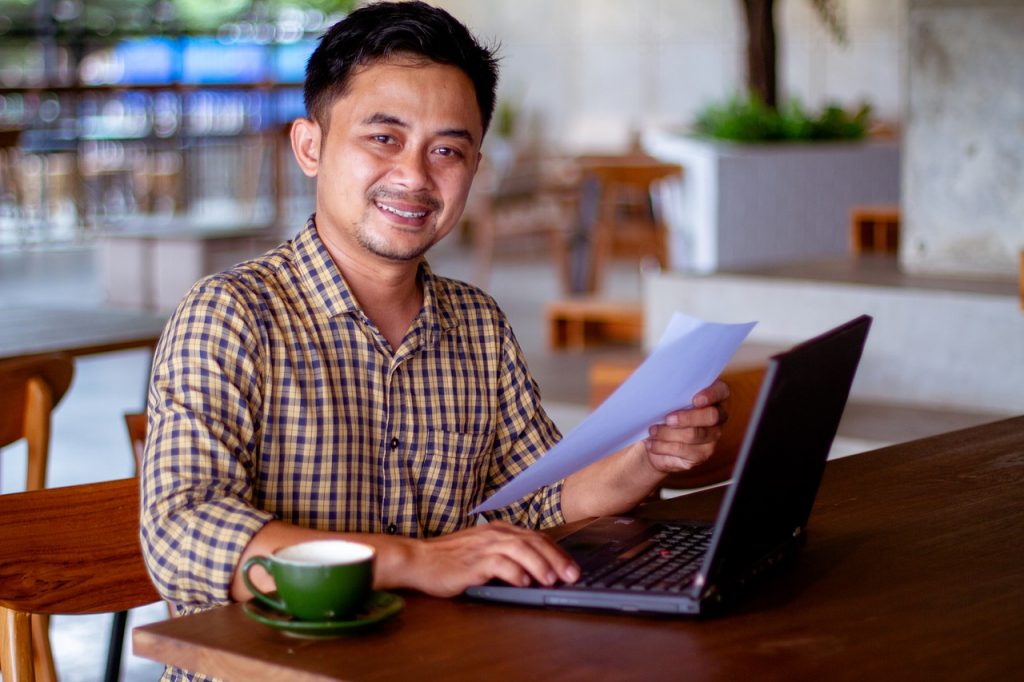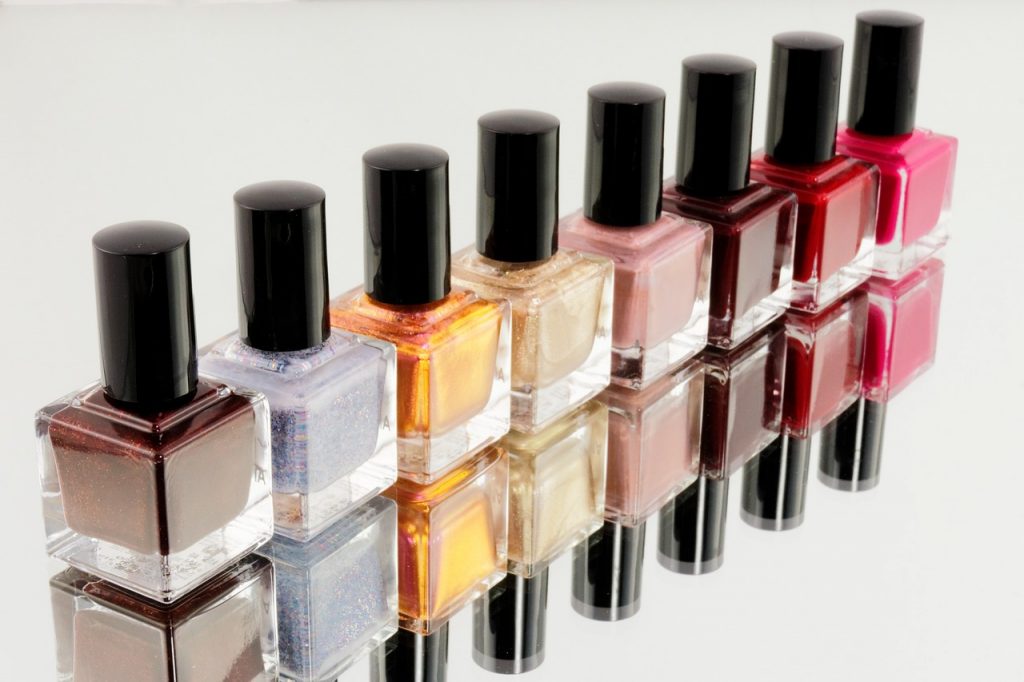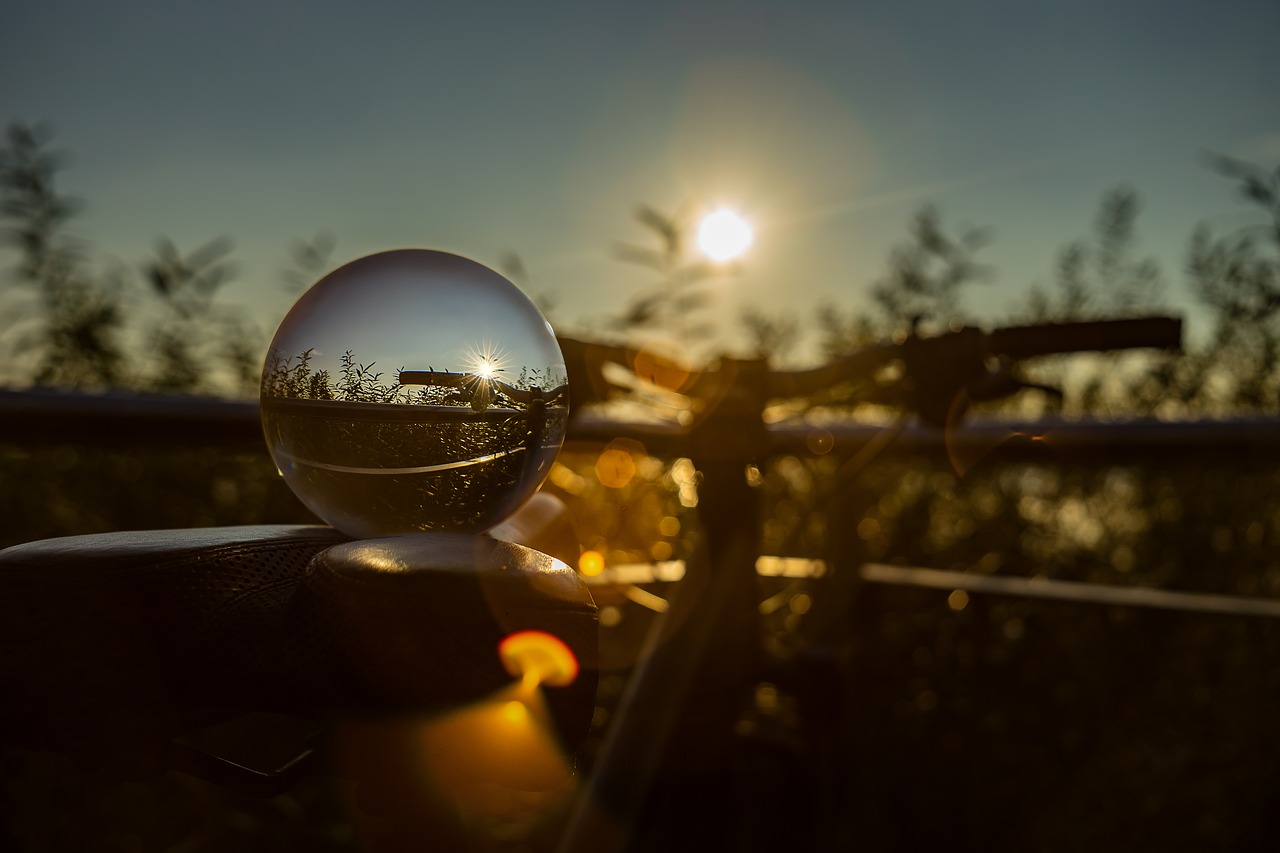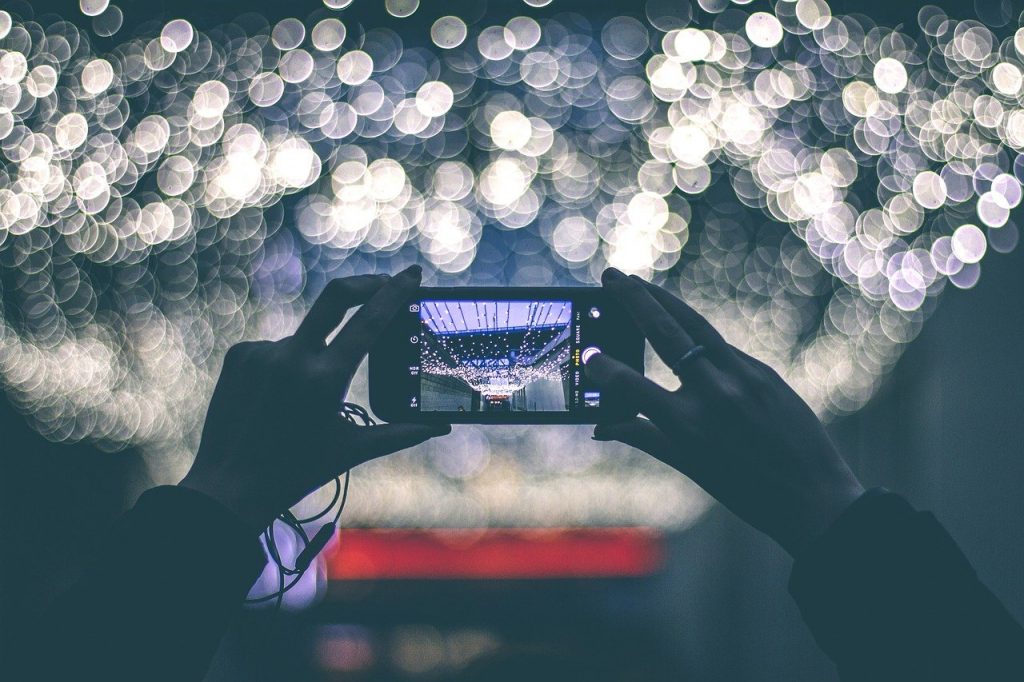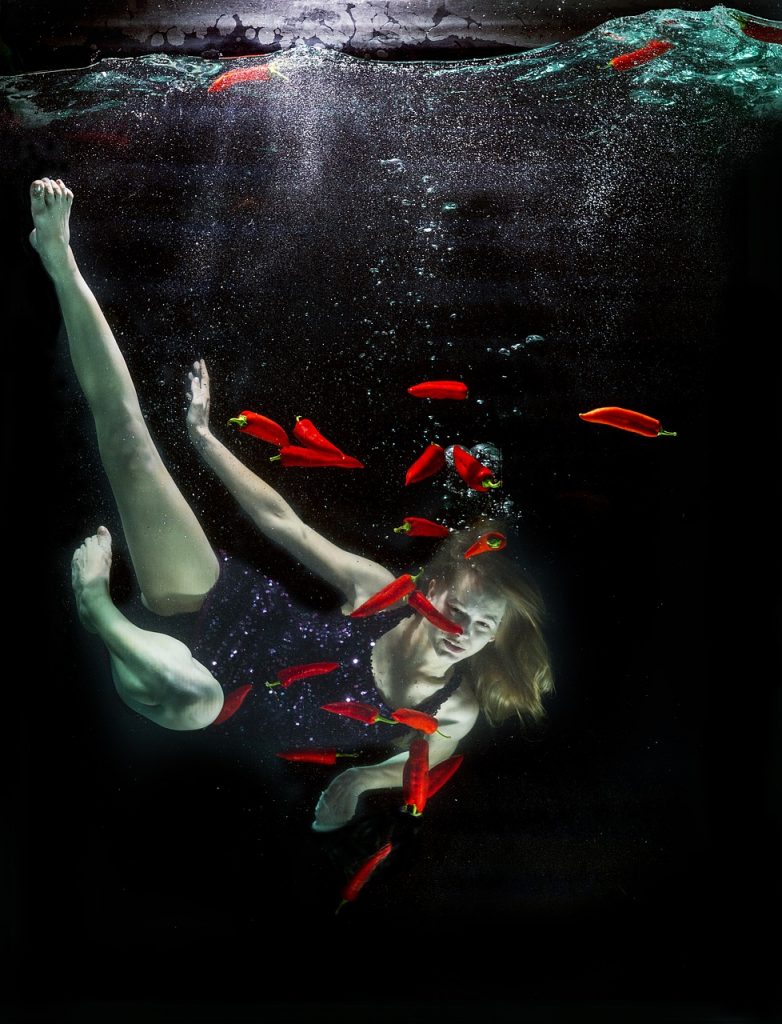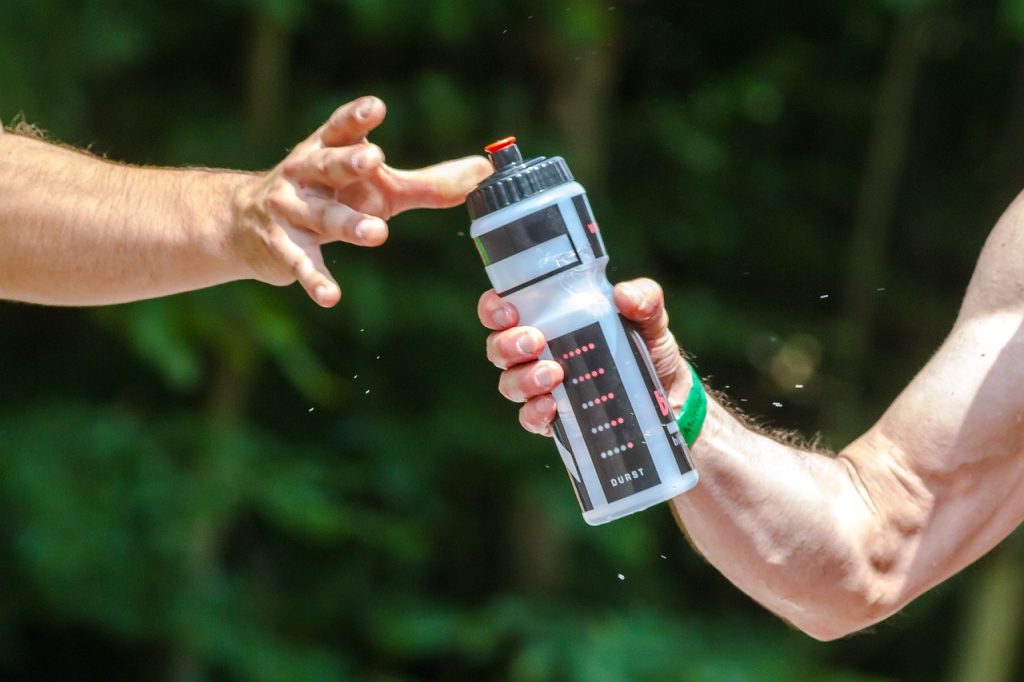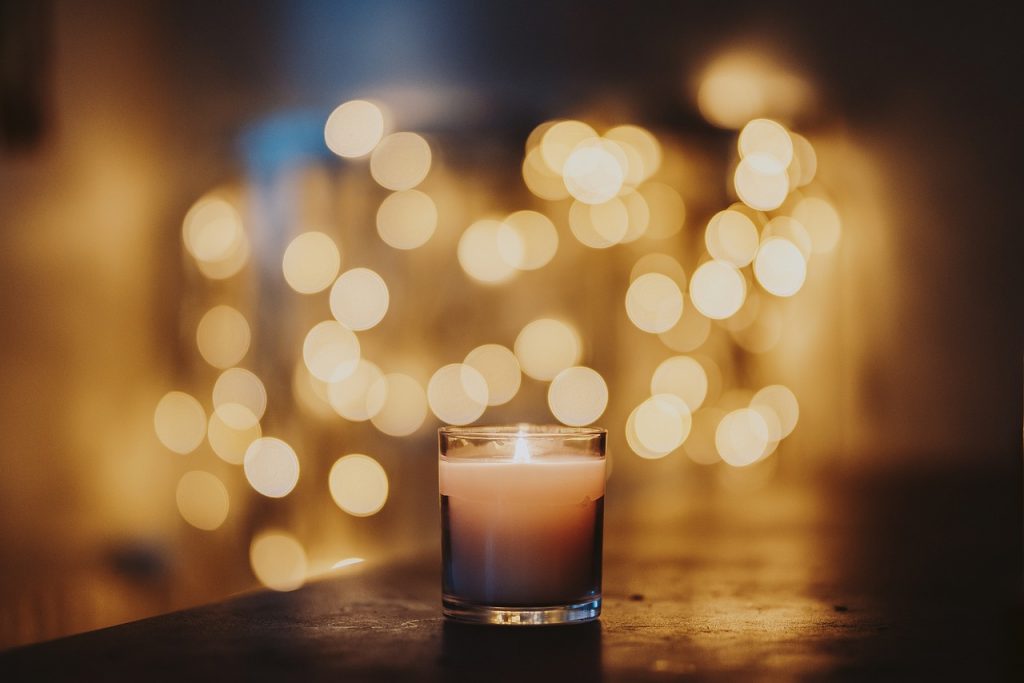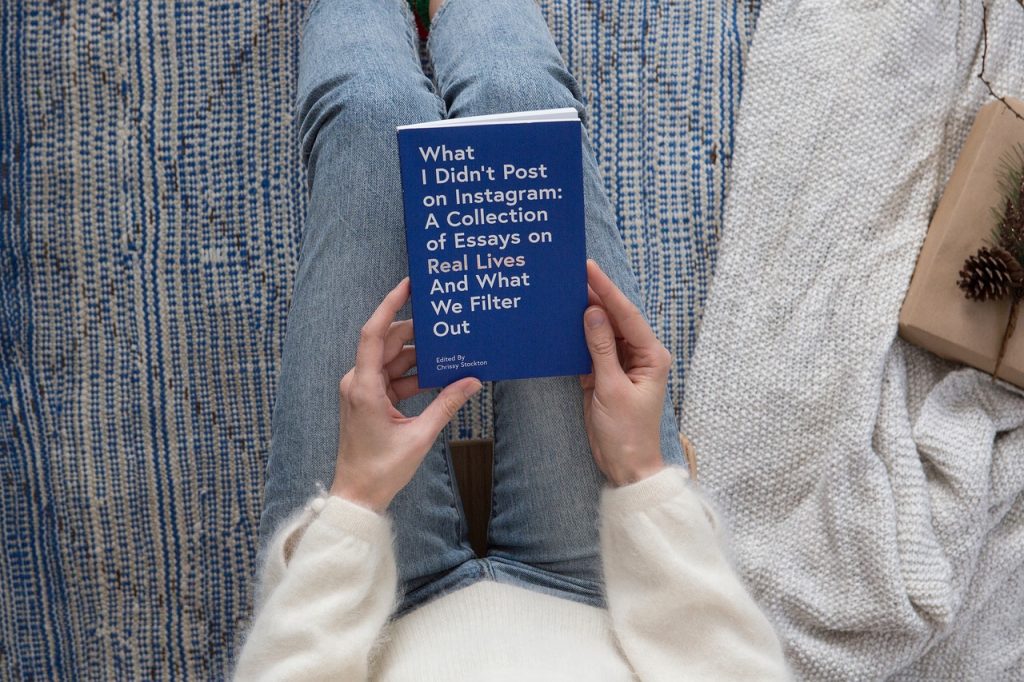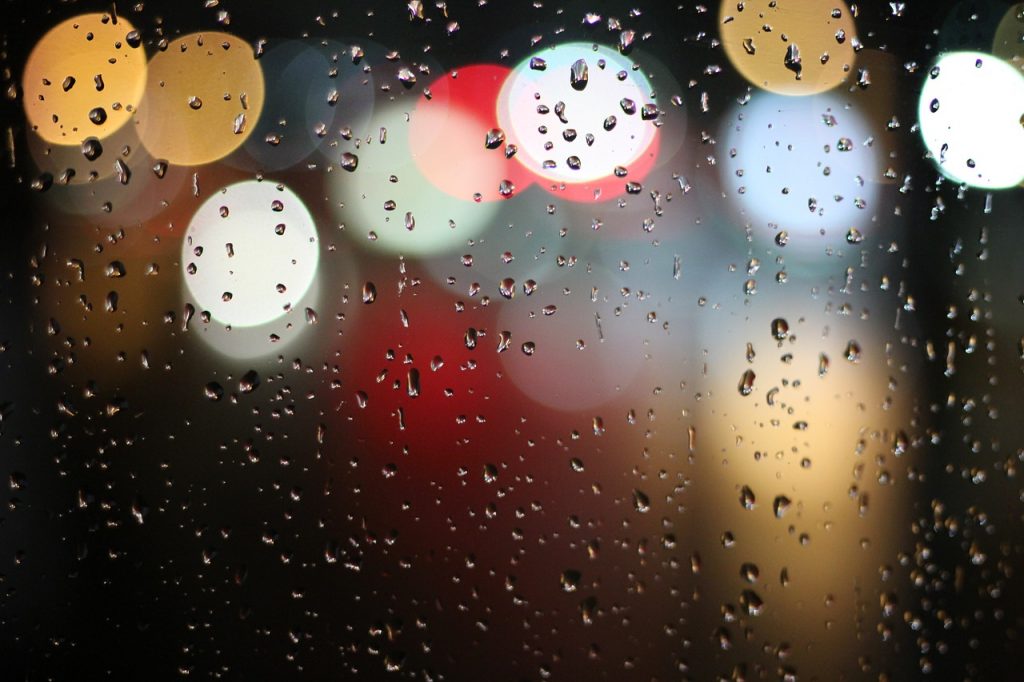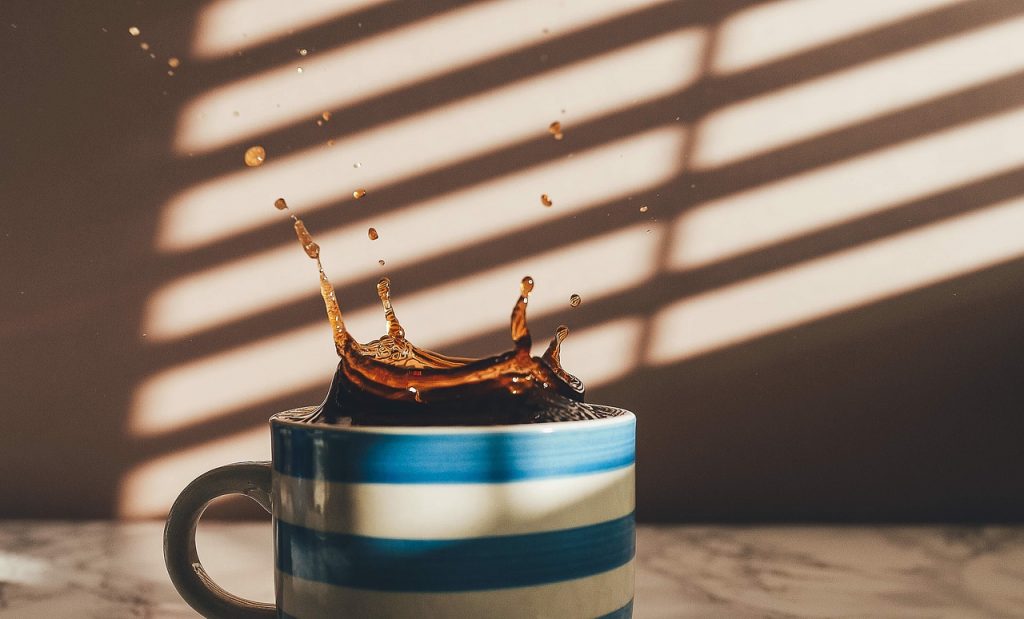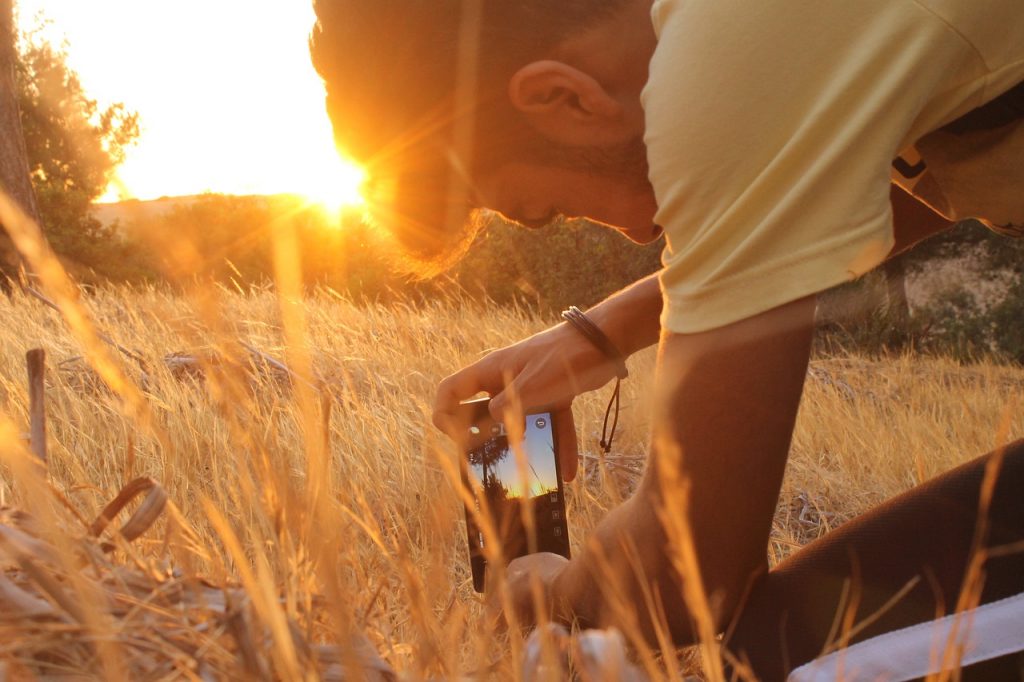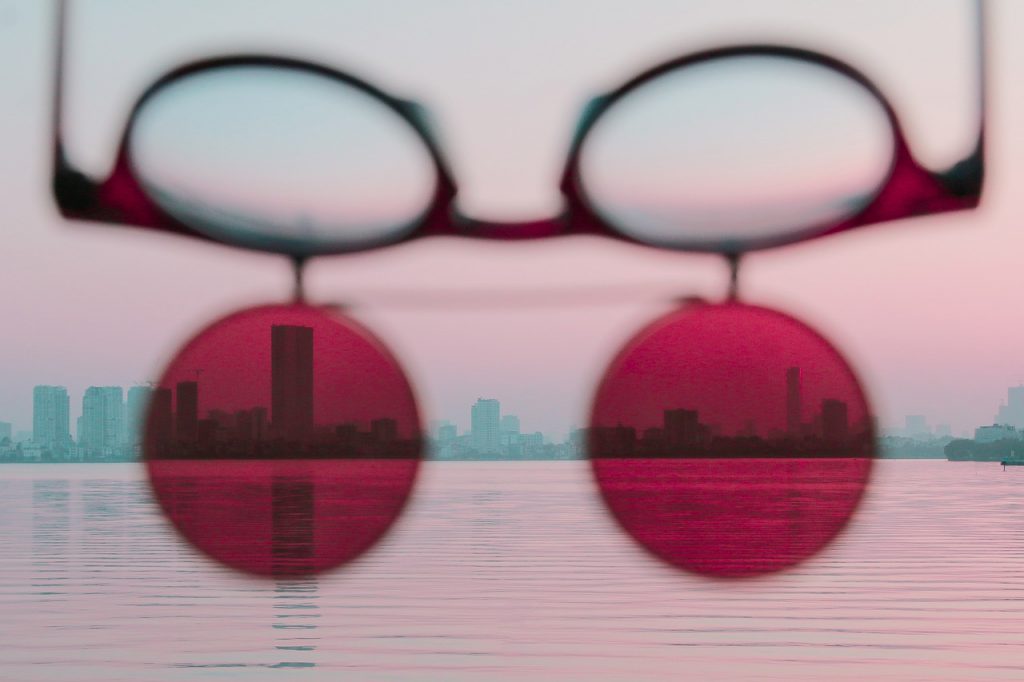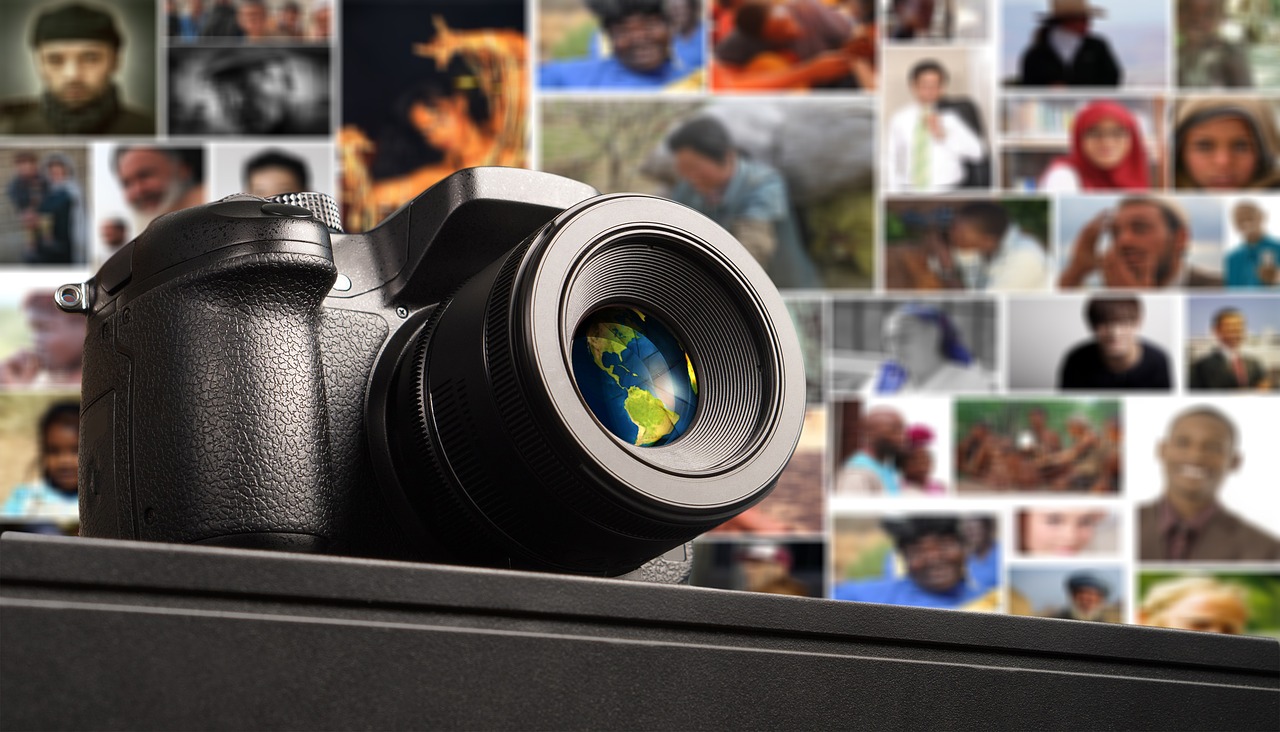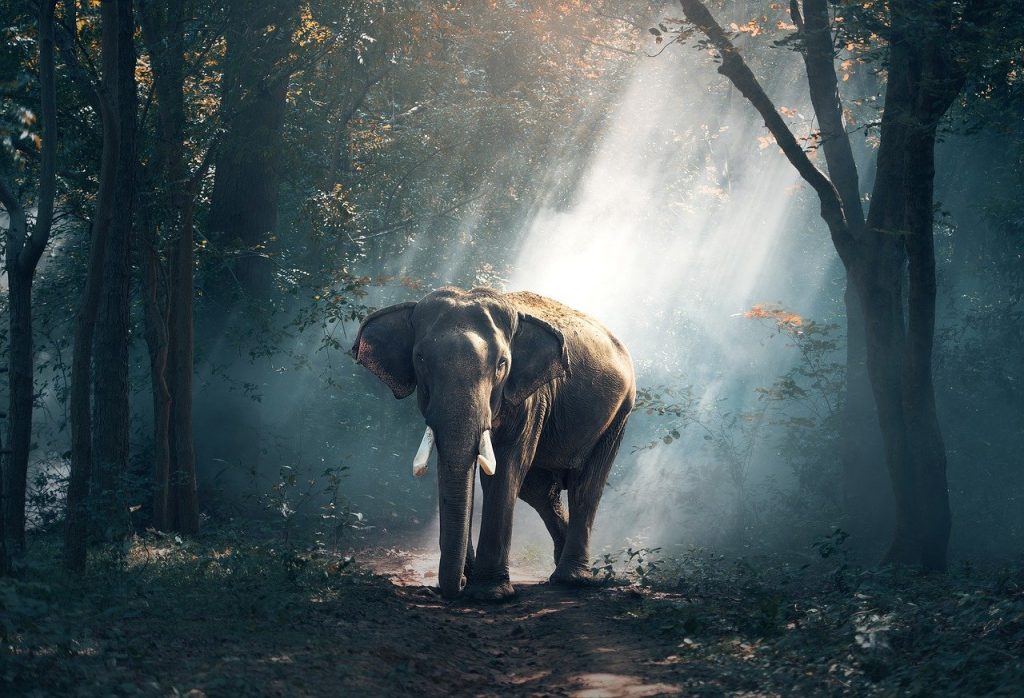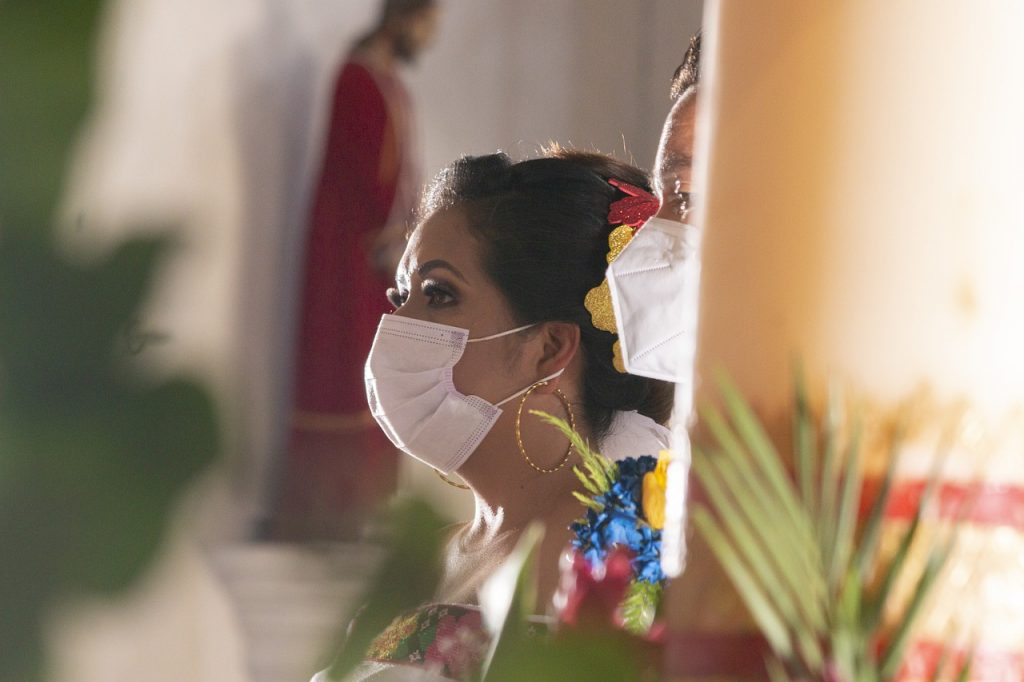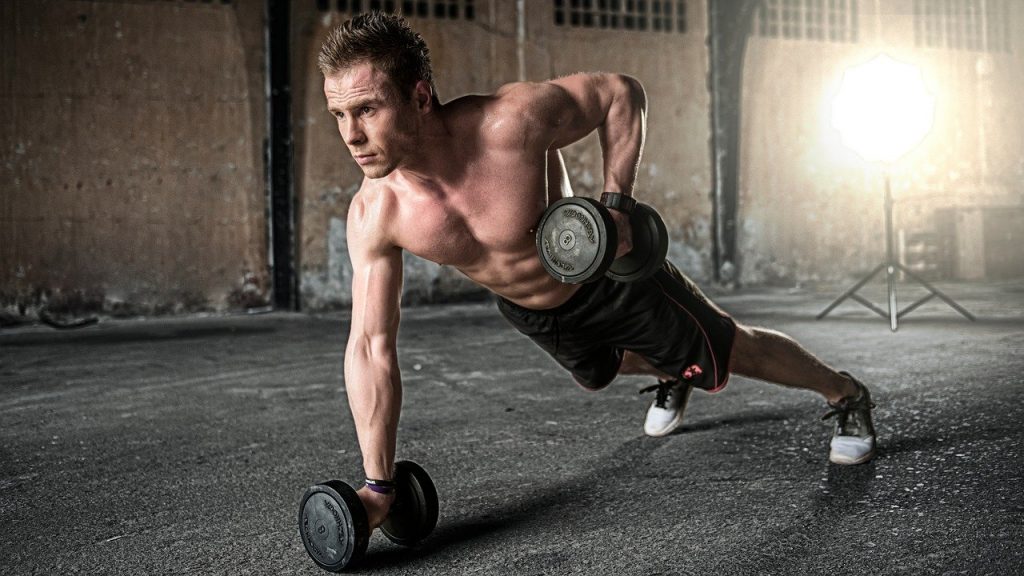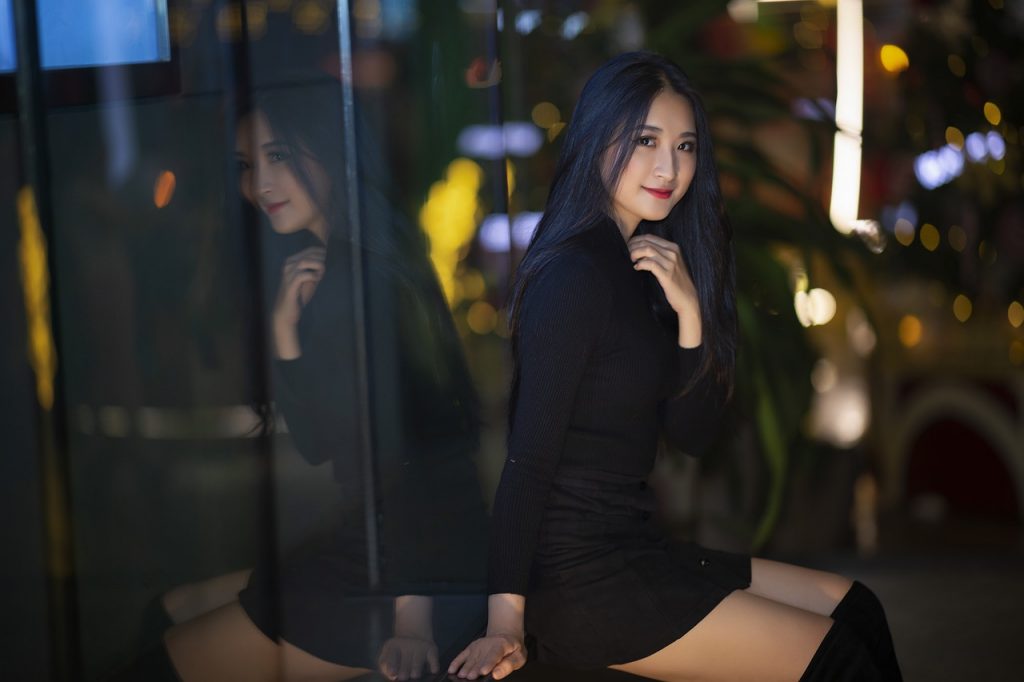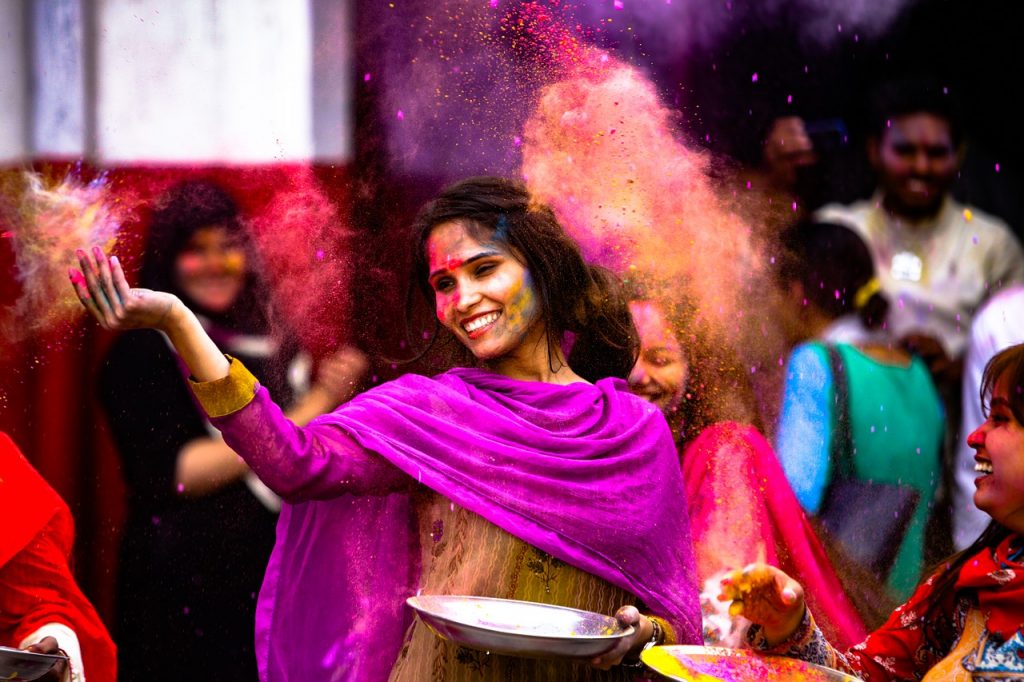10 Useful Furniture Photography Tips For Beginners
September 1, 2021 | Blog | No Comments
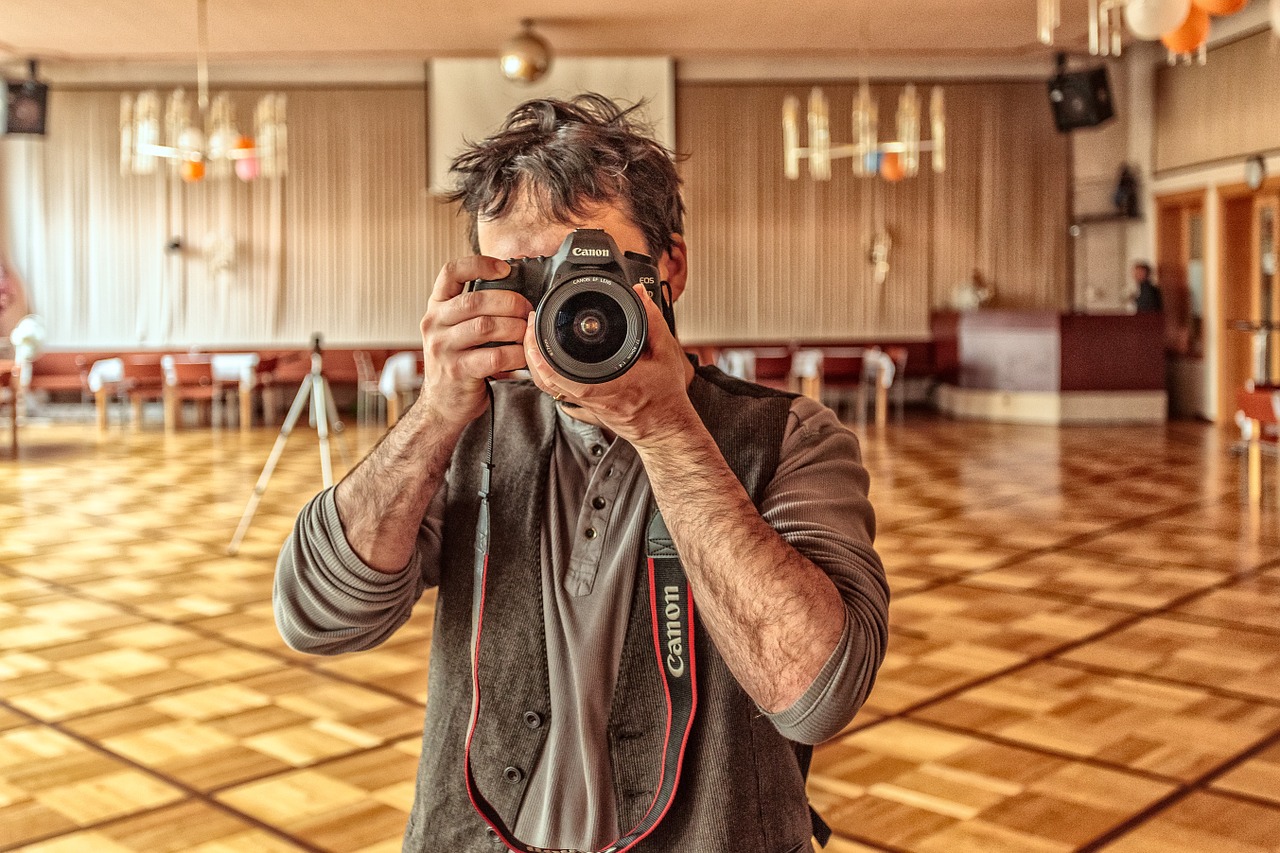
To make any piece of furniture look excellent and boost its chances of being sold, you must first ensure that it appears wonderful in photographs. If you are trying to sell your old furniture or even if you are a photographer who wants to break out into this new field, you will need to polish the angles, lighting, and composition of your photographs. Furniture photography tips for beginners.
The type of photographs you take must be tailored to the type of product you are photographing and vice versa. Because ecommerce is primarily dependent on visuals, the image you shoot can make or break a transaction. Despite the fact that photographing furniture appears to be straightforward, there are several variables to consider. In order to assist you in taking photographs that will make any piece of furniture appear like a fantastic addition to a buyer, we have put up a list of tips:
Furniture Photography Tips
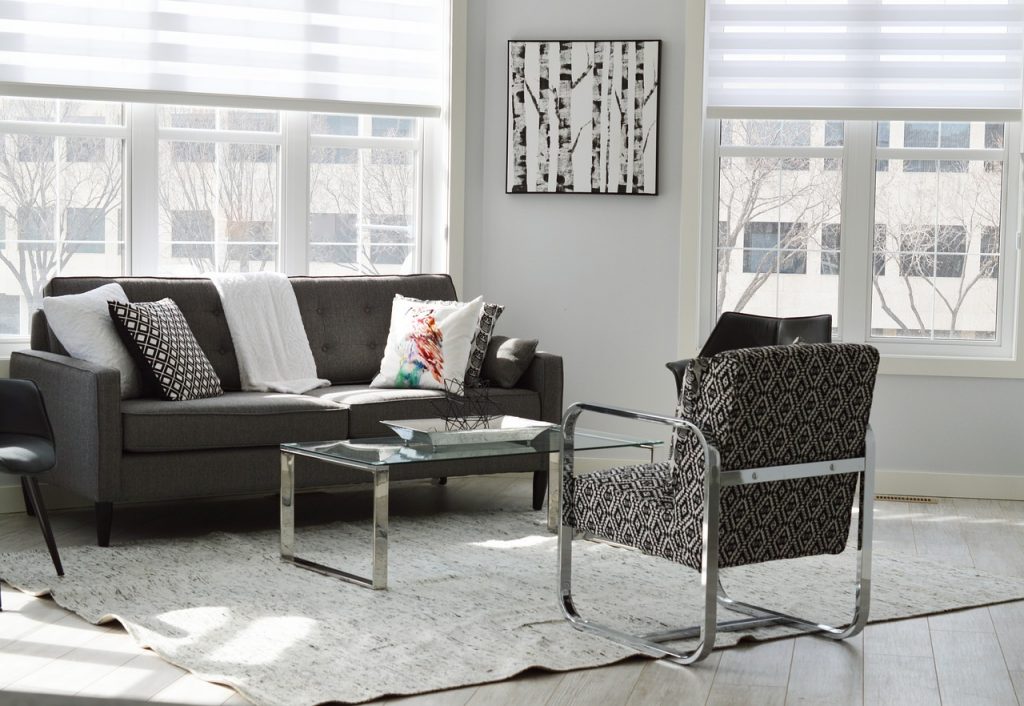
Tip – 1 Pick the right time
Lighting is everything in photography. You have a great source of light, the colors will look great, pictures will be sharp, and furniture details will be visible to the buyer. If you pick the right time to shoot, half the battle is already won. If you are someone who is looking to sell their furniture to avoid waste, you would not even need over-the-top photography equipment just by taking the pictures at a time when there’s plenty of light.
Tip – 2 Natural light over artificial
You will always get the best quality pictures with natural light. This is why you should try to pick a spot for photography that has plenty of natural light. In the case of furniture photography, your best option can be next to a big window so that your subject is well lit. While keeping in mind the importance of good lighting, you also have to know that too much lighting can also reduce the quality of pictures. Maintaining a balance is essential.
Tip – 3 Tidy it up
Whichever piece of furniture you are photographing, you have to make sure it looks its best already. It should be clean, free of scratches, chipped paint, etc. Consider wiping the furniture before you start shooting, taking time to fix any minor issues and make it look its best for the picture.
Tip – 4 Simple composition for the win
Pay attention to your framing and composition. The important question to ask yourself is if the picture looks too cluttered and if the furniture is the Centre of attention. If not, you can take a few things out of the frame and readjust a few elements to make sure you’re happy with the composition.
Tip – 5 Take multiple shots
Even if you are satisfied with the first few shots, you should consider taking a couple of pictures more to ensure that you have enough options to choose from later on. It is always better to end up with way too many images than to have not enough pictures. If you get a chance, try taking photos of the same thing from different angles, in other house locations, with a few adjustments in the framing and composition, etc.
Tip – 6 Use a tripod
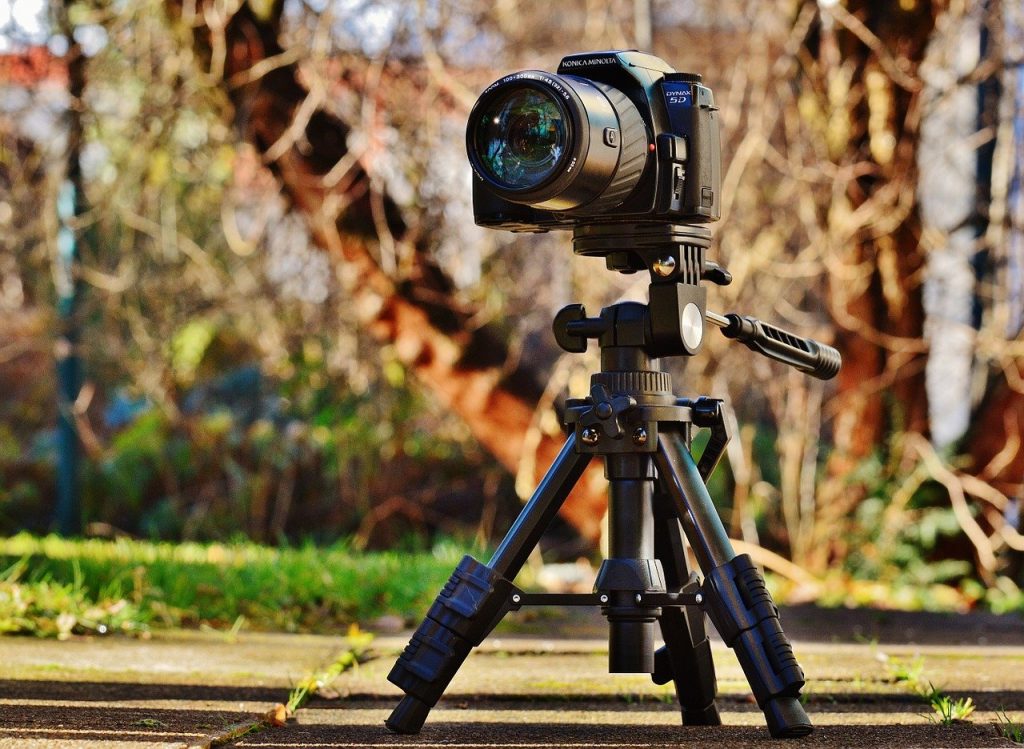
To get the most stable pictures of your subjects, consider using a tripod. This will help make sure that your photos are not disturbed by unnecessary movements or a shaky grip. Even if you are shooting with your smartphone, consider getting a tripod for more stable and crisp pictures. This way, you can take stable pictures even from compromised angles.
Tip – 7 Choose the right equipment
If you are using a camera, you should look into what lenses you have available and which ones will be optimal for taking pictures of furniture. Mainly for this kind of photography, you should strictly avoid a wide-angle lens and macro lens. The most optimal choice for photographing furniture would be a zoom lens (24mm – 70mm). It will give you enough scope to be able to photograph your furniture with comfort.
Tip – 8 Keep it simple
Keep your pictures simple so that the piece of furniture can speak and be the center of attention. It might sound fun to style the furniture the way you want and photograph it, but many times too much styling can be counterproductive. A good trick for this is to ask yourself, “will the picture look good without it?” when you add something extra. It will help you realize what’s necessary and what isn’t.
Tip – 9 Edit
Shooting is only half of the job; the other half is completed during the editing process. When people hear the word editing, they immediately think of drastic alterations to a photograph that result in a photograph that is completely different from the one that was originally captured. In reality, however, this is not the case because editing is a skill that goes hand in hand with shooting. By altering the brightness, adjusting the exposure, and correcting the colors in your photographs, editing can help you polish and enhance the images you take. It is also the moment at which you can let your personal flair to shine through in the photograph.
Tip – 10 Click, edit, repeat
Your photography skills will improve as you gain more experience taking pictures and editing your photographs. You can read all you want about photography and watch films with demonstrations, but none of it will be useful unless you get your hands filthy and start shooting. With practice, you will become familiar with your equipment and how to use it to its full potential to capture the perfect shot. Taking images on a regular basis will also assist you in determining the ideal angles for furniture, the greatest composition, your personal style, and so on.
Conclusion
Here are some Furniture photography tips. To make any advice work, you must follow them exactly each time you take a picture. The habit of shooting without regard for this rule develops over time, therefore it’s important to start with awareness. So, grab your camera, an old piece of furniture, and get to work!
